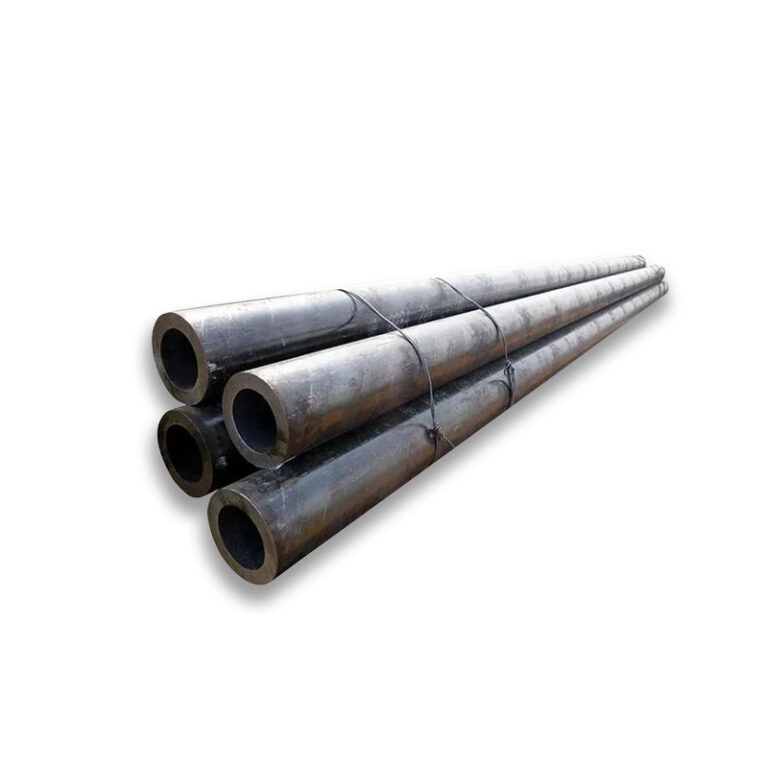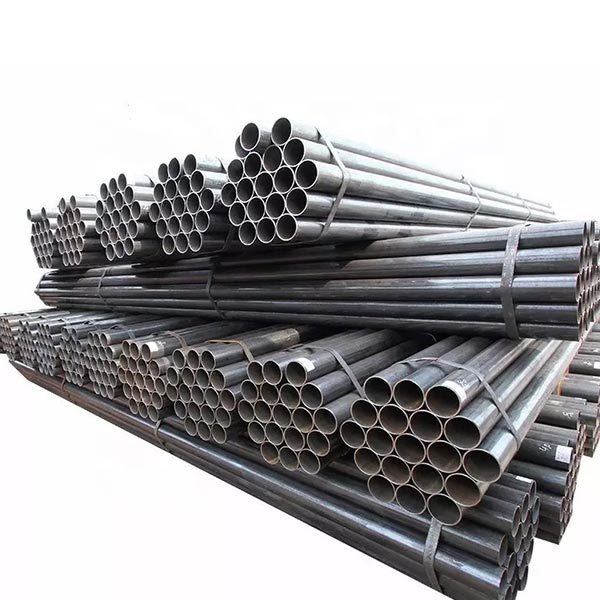Seamless Steel Pipe Supplier from China

What impact do steel price fluctuations have on the global economy?
Fluctuations in steel prices have far-reaching impacts on the global economy, mainly in the following areas:
Construction and infrastructure: Steel is a core material in the construction industry. Rising prices will increase project costs and may lead to project delays or downsizing; while falling prices will help reduce costs and promote project progress.
Manufacturing: The automotive, home appliance, machinery and other industries have a large demand for steel. Rising steel prices will increase production costs and may force companies to find alternative materials or adjust designs; falling prices will help increase profits and market competitiveness.
International trade: Fluctuations in steel prices will affect the import and export trade pattern. For example, rising prices may lead to reduced exports, while falling prices may stimulate exports, but may also trigger anti-dumping measures in the international market.
Inflation: Rising steel prices may push up the overall price level, especially in countries with strong demand for steel, and have a direct impact on inflation levels.
Employment and economic growth: The steel industry is an important source of employment in many countries. Price fluctuations may affect steel mills’ production plans, thereby having a chain reaction on employment and economic growth.
Policy regulation: Governments may respond to steel price fluctuations by adjusting tariffs, environmental policies or subsidies, and these policy changes will also have an indirect impact on the global economy.
In general, steel price fluctuations not only affect related industries, but may also have an impact on multiple levels of the global economy through chain reactions.







